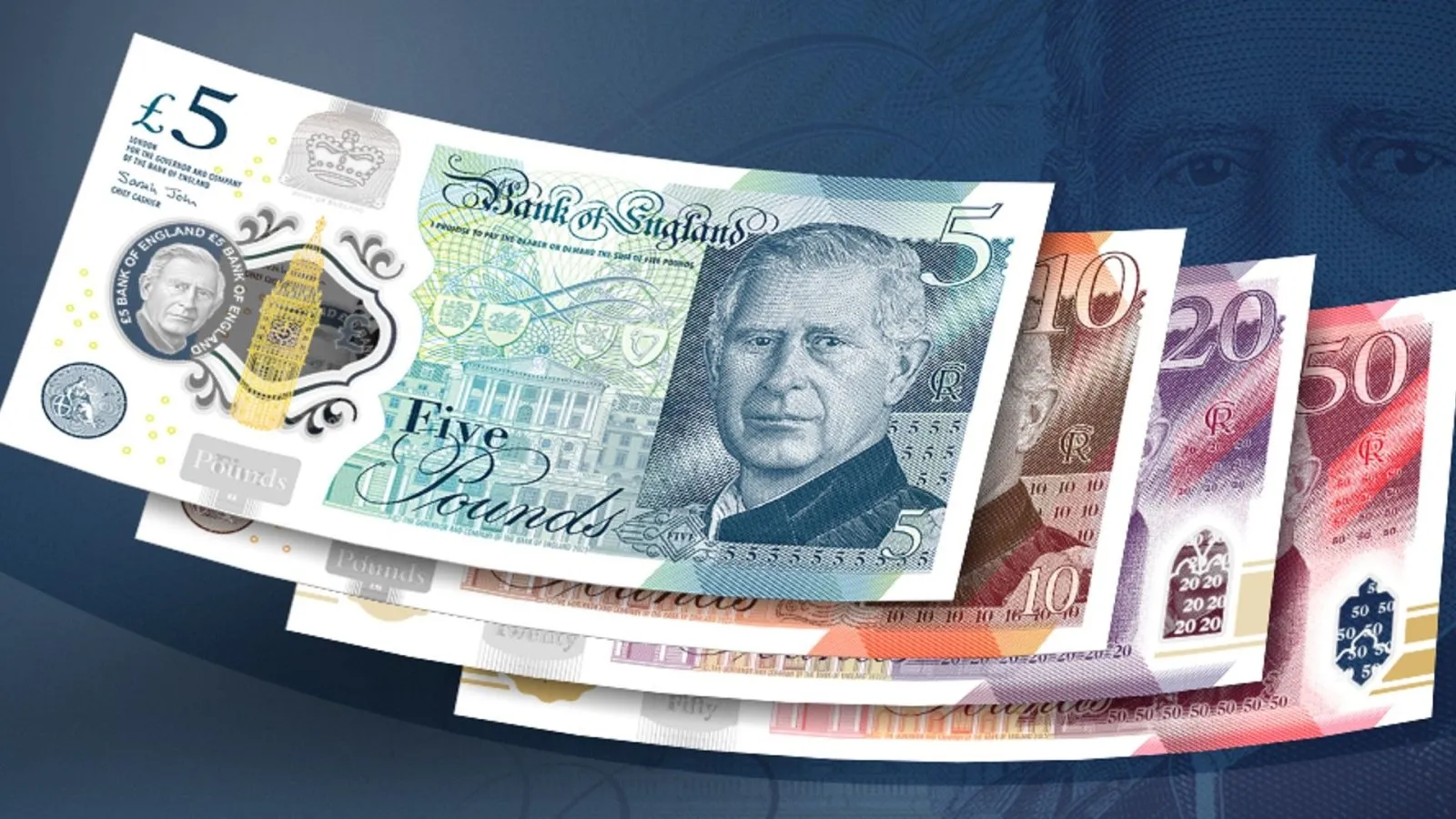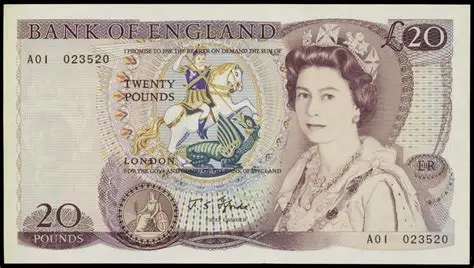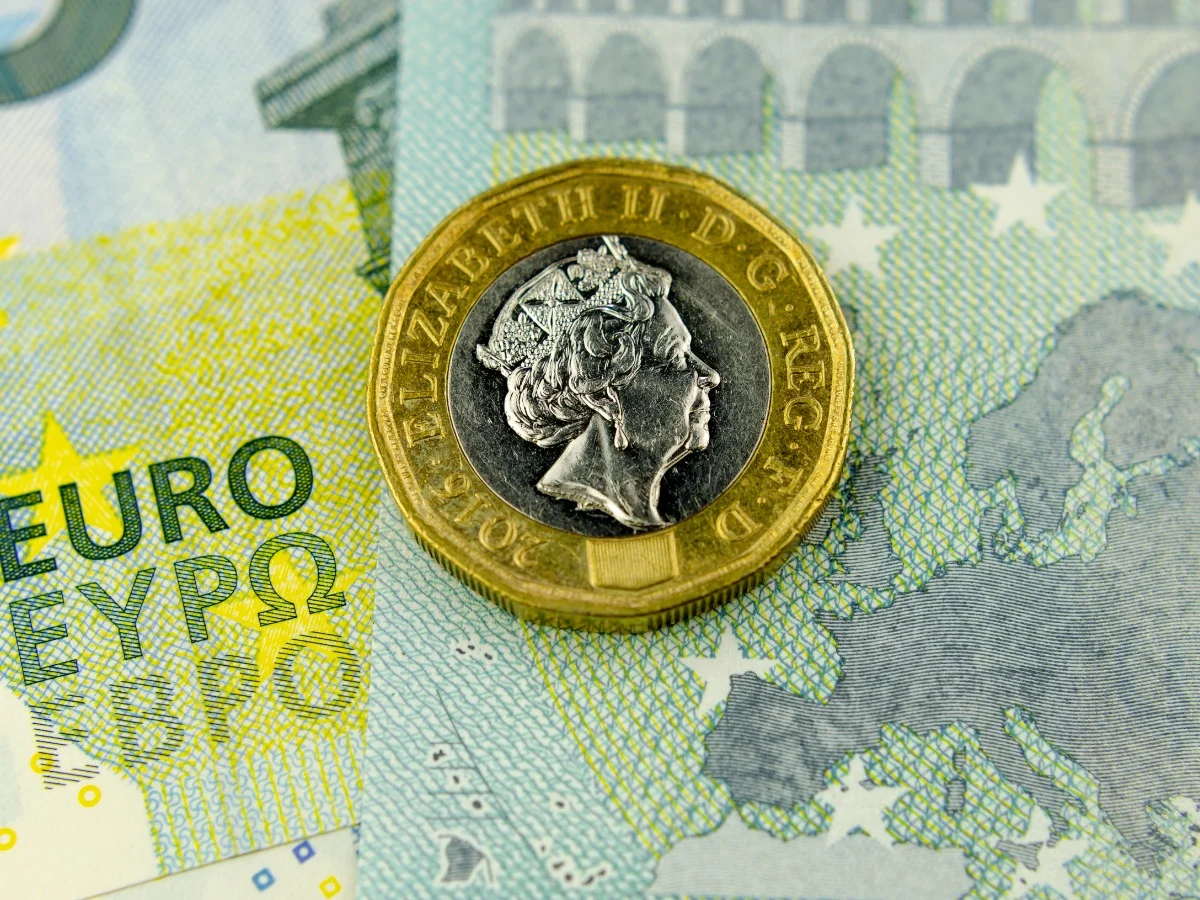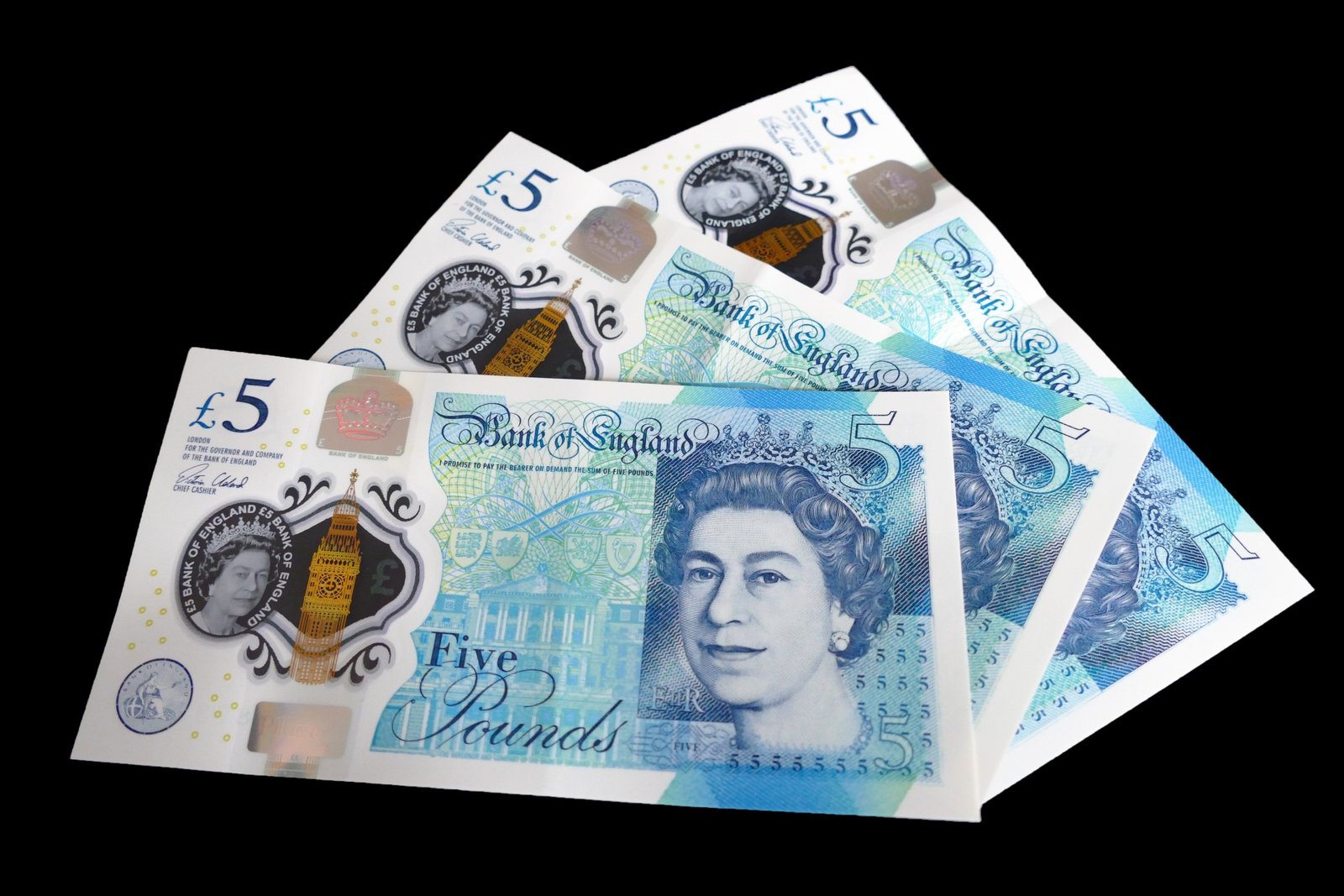GBP/USD Appreciates on Fed-BoE Policy Divergence That Bolsters Sterling Forecast
The Pound Sterling gained against the US Dollar on Monday as policy divergence among the Federal Reserve and the Bank of England enhanced demand for the currency. GBP/USD recovered from 1.3548 to trade at approximately 1.3586, buoyed by hopes that the Fed will lower interest rates by 25 basis points this week, while the BoE is expected to maintain rates given recurring UK inflation at around 4%. With investors factoring in a falling interest rate gap, future UK jobs and inflation releases, as well as central bank meetings, are expected to determine the direction of the pair. KEY LOOKOUTS • Markets widely expect a 25 bps rate cut, with a 94% probability priced in, which could weigh on the Dollar. • The Bank of England is likely to keep rates unchanged due to inflation holding near 4%, supporting Sterling. • Employment figures on Tuesday and CPI data on Wednesday will be critical in shaping BoE policy expectations. • A close above 1.3600 for an extended period could leave the way open to 1.3681 and 1.3700, but inability to hold could push GBP/USD towards 1.3550 or the 20-day SMA of 1.3497. GBP/USD picked up pace early in the week as differing policy directions between the Federal Reserve and the Bank of England underpinned the recovery in Sterling. With markets putting just a 94% chance on a 25 basis point Fed rate cut, the Dollar lost strength, as the BoE is likely to remain unchanged with stubbornly elevated inflation close to 4%. This narrowing interest rate spread has propelled the pair higher above 1.3580, with market players watchfully monitoring forthcoming UK employment and CPI releases, as well as central bank gatherings, to see if Sterling can continue its rally towards key resistance points. GBP/USD rose as policy divergence in favor of Sterling between the BoE and Fed, with the pair reversing higher above 1.3580. Hopes of a Fed rate cut, along with the BoE keeping rates unchanged, support the Pound in advance of major UK data releases. • GBP/USD reversed from 1.3548 to trade at 1.3586, demonstrating early-week resilience. • The Fed is expected to cut interest rates by 25 bps, with a 94% chance priced in. • BoE will probably stick to its existing rate stance from UK’s consistent inflation level around 4%. • Divergent monetary policies are decreasing the interest rate spread, favoring Sterling. • Important UK economic releases this week are employment data on Tuesday followed by CPI on Wednesday. • Above 1.3600 close will open the way for resistance zones around 1.3681 and 1.3700. • Conversely, not holding 1.3600 could take GBP/USD down to 1.3550 or the 20-day SMA of 1.3497. The Pound Sterling rose against the US Dollar as market players factored in different monetary policy trajectories between the Federal Reserve and the Bank of England. Anticipation of a near-term Fed rate reduction has boosted the demand for British Pound, while the BoE’s probable decision to hold interest rates in the face of sustained inflation at around 4% favors Sterling’s demand. Investors are keenly observing future UK economic releases, including jobs and Consumer Price Index data, to gauge the central bank’s next policy direction. GBP/USD DAILY CHART PRICE SOURCE: TradingView This policy disparity underscores the larger economic context, as the US prepares to loosen monetary conditions while the UK remains more wary of inflation. Market sentiment anticipates the Pound’s strength, as traders account for both central bank action and continued economic events. As a result, GBP/USD remains at center stage for investors looking for opportunities through changing global expectations of interest rates. TECHNICAL ANALYSIS GBP/USD continues to be in a bullish bias after recovering from recent lows, and 1.3600 has become an important level to hold for the pair to maintain upward momentum. A close above 1.3600 on the daily time frame could set the stage for resistance levels at 1.3681 and 1.3700, and a breakdown below this level could open up support areas around 1.3550 and the 20-day SMA at 1.3497. Market players are keeping close eyes on these levels to determine possible continuation or retracement of the pair’s short-term trend. FORECAST If GBP/USD continues its uptrend above 1.3600, the pair might aim for significant resistance at 1.3681 and 1.3700, with a possible extension to the July 1 high of 1.3788. Ongoing Sterling strength would probably be favored by the BoE leaving rates unchanged while the Fed takes steps towards easing, closing the interest rate differential in favor of the Pound. Favorable UK economic news will also add to bullish sentiment. To the downside, inability to maintain a breakout above 1.3600 can have GBP/USD testing support at 1.3550. Further decline could send the pair down towards the 20-day SMA at 1.3497, especially if market anticipation reverses amid surprise economic indicators or adjustment of Fed and BoE signals. Traders need to watch these levels for possible retracement or short-term corrections.






